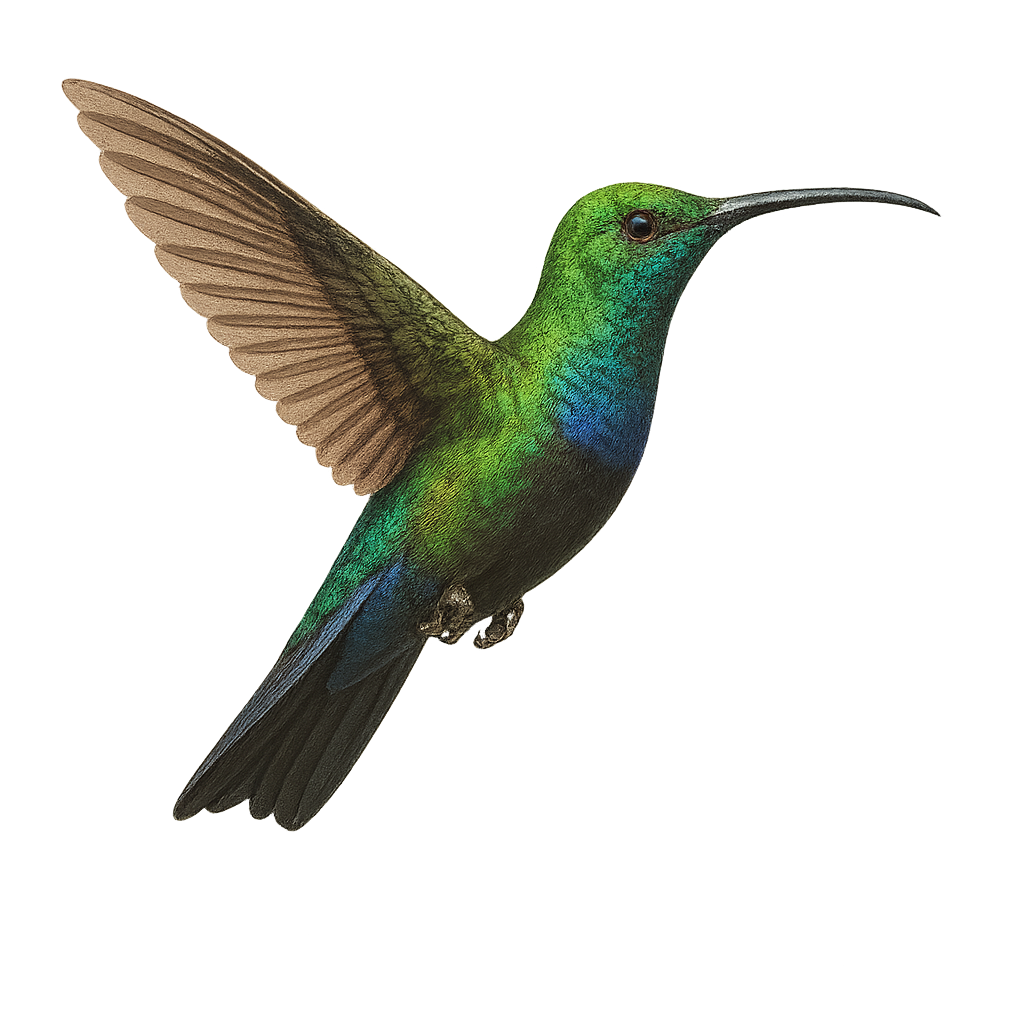Your wildlife photography guide.
Explore the green-throated carib in detail, study its behavior, prepare your shots.
Where to observe and photograph the green-throated carib in the wild
Learn where and when to spot the green-throated carib in the wild, how to identify the species based on distinctive features, and what natural environments it inhabits. The WildlifePhotographer app offers tailored photography tips that reflect the green-throated carib’s behavior, helping you capture better wildlife images. Explore the full species profile for key information including description, habitat, active periods, and approach techniques.
Green-throated Carib
Scientific name: Eulampis holosericeus

IUCN Status: Least Concern
Family: TROCHILIDAE
Group: Birds
Sensitivity to human approach: Suspicious
Minimum approach distance: 5 m
Courtship display: March to April
Incubation: 15-17 jours
Hatchings: March to May
Habitat:
Tropical forests, gardens, coastal areas
Activity period :
Primarily active during the day, with peak activity in the morning and late afternoon.
Identification and description:
The Green-throated Carib, Eulampis holosericeus, is a captivating bird native to the Caribbean, known for its vibrant and iridescent plumage. This medium-sized hummingbird features a shimmering green throat and a body with metallic hues. It is commonly found in tropical forests, gardens, and coastal areas, where it primarily feeds on nectar, supplemented by insects. The Green-throated Carib is an essential pollinator, playing a crucial role in the reproduction of flowering plants. Its rapid and agile flight allows it to maneuver easily among flowers, while its territorial behavior drives it to vigorously defend its food sources.
Recommended lens:
400 mm – adjust based on distance, desired framing (portrait or habitat), and approach conditions.
Photography tips:
To photograph the Green-throated Carib, it's advisable to use a 400mm lens or longer to capture the details of its iridescent plumage without disturbing it. Choose a spot where hummingbirds frequently feed, such as a flower garden. Be patient and discreet, as these birds can be suspicious. Use a fast shutter speed to freeze their rapid flight and try to capture natural light to highlight the vibrant colors of their plumage.
The WildlifePhotographer App is coming soon!
Be the first to explore the best nature spots, track rutting seasons, log your observations, and observe more wildlife.
Already 1 431 wildlife lovers subscribed worldwide

